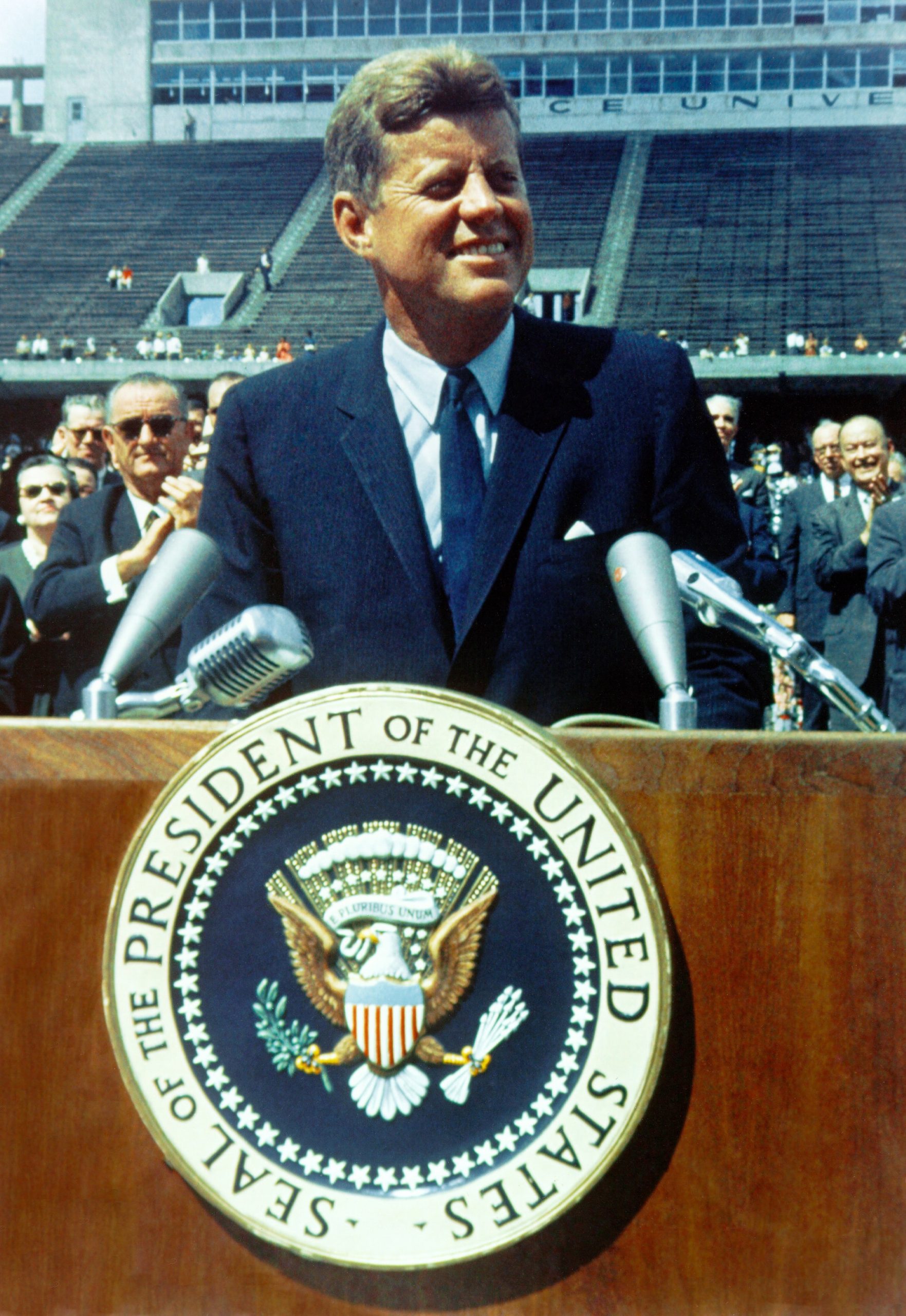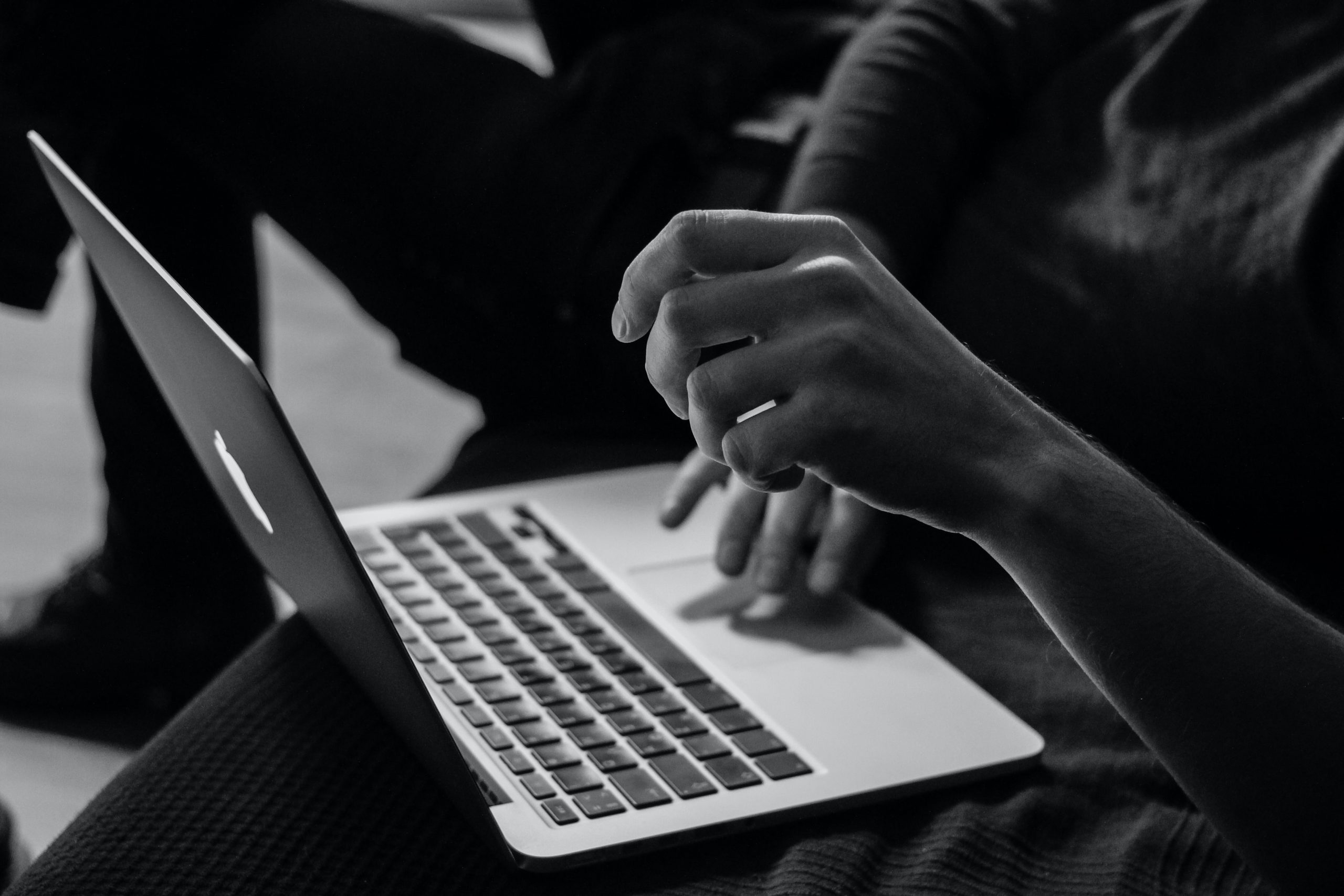Since the formation of the United States and the establishment of a government, the role of President has been seen as an incredibly important position. As our country has changed over the years, so too has the responsibilities and duties of our commander-in-chief. From handling foreign relations to managing domestic affairs, the President’s job is one that requires great skill and dexterity. In this blog post, we take a look at how presidential roles have evolved through the years and what it means for us today.
The early years: the President as Chief Administrator
In the early years of the United States, the President’s role was primarily that of a chief administrator. He was responsible for carrying out the laws enacted by Congress and ensuring that the government ran smoothly. The President also served as a figurehead for the nation, representing the United States to other countries and world leaders.
Over time, the President’s role has evolved and expanded. As Chief Administrator, he still is responsible for carrying out the laws enacted by Congress and ensuring that the government runs smoothly. However, he now also has many additional responsibilities, such as setting domestic and foreign policy, negotiating treaties, and serving as Commander-in-Chief of the armed forces. The President has become more than just a figurehead; he is now an active leader of the nation.
The modern era: the President as Leader of the Free World
In the modern era, the President of the United States is widely considered to be the leader of the free world. This is a relatively new development in the history of the presidency, and it reflects the changed role that the office has come to play in international affairs.
The President is now responsible for maintaining relationships with other nations and leading the charge on global issues like climate change, terrorism, and economic stability. When there are major international crises, it is often the President who must step in and take charge. This was particularly evident after the terrorist attacks of September 11th, 2001, when then-President George W. Bush took on a leadership role in coordinating the response of different nations.
The modern presidency has become increasingly complex, and the President must now juggle a number of different responsibilities both at home and abroad. But as leader of the free world, there is no doubt that the President wields a great deal of power and influence on the global stage.
The present day: the President as head of state
In the United States, the President is both the head of state and the head of government. The President is the face of the nation both domestically and internationally.
The President serves as a symbol of national unity. He or she represents the American people and their values. The President is also responsible for promoting American interests around the world.
As head of state, the President meets with other world leaders, attends state dinners, and participates in other ceremonial events. The President also gives speeches and addresses the American people on important issues.
As head of government, the President leads the executive branch of the federal government. The President is responsible for carrying out laws passed by Congress and for appointing Cabinet members and Supreme Court justices.
How has the role of the US President changed over time?
The President of the United States has evolved significantly since the office was first established. In the early days of the republic, the president was seen as a figurehead who represented the nation but did not have much power to enact change. Over time, however, the presidency has become increasingly powerful, as presidents have been granted more authority by Congress and the Supreme Court. Today, the president is one of the most powerful people in the world, able to set national policy and shape world events.
The role of the US President has changed dramatically over the years. In 1789, when George Washington was elected as the first president, the office was seen as largely ceremonial. The president was expected to represent the nation and serve as a moral leader, but he did not have much power to enact change. This began to change in 1801 when Thomas Jefferson took office. Jefferson expanded presidential power by using his executive authority to make decisions without consulting Congress. This set a precedent for future presidents to follow.
Over time, presidents have been granted more and more authority by Congress and the Supreme Court. Today, they are able to set national policy and shape world events. The office of the presidency has become increasingly powerful, making it one of the most coveted jobs in politics.
What challenges does the current US President face?
The current US President faces many challenges, both domestically and internationally. Domestically, the President must grapple with a divided Congress, as well as an increasingly polarized political environment. Additionally, the President must contend with a sluggish economy and high levels of unemployment.
Internationally, the President must deal with a number of pressing issues, including the rise of ISIS, the ongoing Syrian civil war, and Russian aggression in Ukraine. The President must also navigate America’s relationship with China, which is characterized by both cooperation and competition.
Conclusion
The US President’s role has evolved significantly throughout the years as society, technology, and public policy have changed. From a figurehead to a leader of foreign affairs, the president continues to redefine what it means to hold this important position in American government. As we look towards our future presidents, it will be interesting to see how their roles continue to evolve with the changing times and what new duties they take on that further increase the power of their office.










